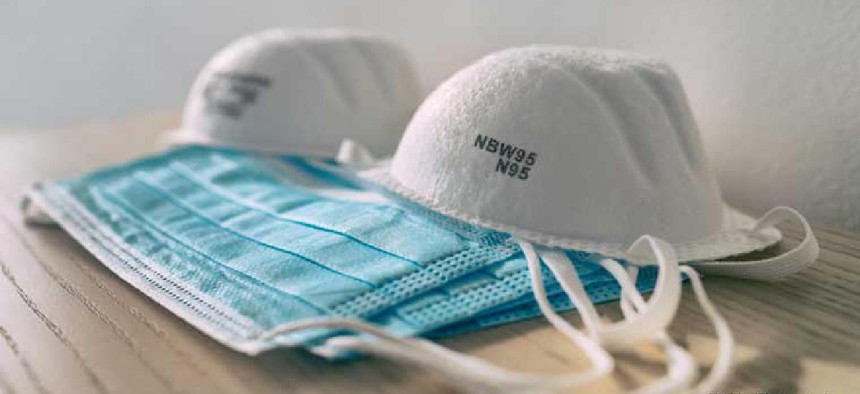3D printing may increase health equipment supplies, but not soon enough


Connecting state and local government leaders
Public- and private-sector innovators are trying to break bottlenecks in the medical equipment supply chain with additive manufacturing, but the need vastly overwhelms current capabilities.
The Energy Department’s national labs are working on 3D-printed medical equipment prototypes to help ramp up production of face masks, face shields and ventilators, but new reports show the long-term effort is unlikely to meet immediate needs.
Fifteen of the national labs are members of public and private taskforce set up to use additive manufacturing, or 3D printing, to help put more medical equipment into the supply chain, Energy Secretary Paul Dabbar said in a March 30 blog post.
The initial focus will be on developing dies and molds that the private sector can use to manufacture medical supplies that comply with health care regulations.
“Once the prototypes are validated, the task force will assess production considerations, including design and manufacture of tooling, material selection, and supply chain engagement,” Dabbar said.
A Department of Energy spokesperson said the labs' 3D prototype printing effort could help industry shorten development times for companies to make acceptable products from months to days.
Other agencies are also turning to 3D printing to speed manufacturing of medical supplies. On March 26, the National Institutes of Health's National Institute of Allergy and Infectious Diseases, the Food and Drug Administration and the Veterans Health Administration Innovation Ecosystem issued a memorandum of understanding to set a framework to use 3D printing for medical supplies.
However, these efforts are taking place in the shadows of an unrelenting shortfall of the equipment nationally, according to documents released April 2 by Rep. Carolyn Maloney, (D-N.Y.) chair of the House Committee on Oversight and Reform.
Documents from Federal Emergency Management Agency's Region III, which encompasses Delaware, the District of Columbia, Maryland, Pennsylvania, Virginia, and West Virginia, shows as of March 30, requests for critical gear remain expansively unmet, with the states receiving only a fraction of what they had requested from FEMA.
For instance, the documents said only 445,000 N95 masks out of a needed 5.2 million were received by the region's states. Only 991,000 pairs of gloves from a requested 194 million pairs were received. The lists and their shortfalls are long and deep for every state.
"The new documents we are releasing today confirm the urgent warnings we have been hearing from our nation's governors and health care professionals for weeks -- they do not have enough personal protective equipment and medical supplies, and the administration has provided only a tiny fraction of what they desperately need," said Maloney in the statement.
"You've got to get ahead of it. You can't wait for people to start asking for things," Frank Kendall, undersecretary of defense for acquisition technology and logistics at the Defense Department from 2012 to 2017 said in a March 31 interview.
Kendall, a veteran of the Ebola crisis and Superstorm Sandy said it's not too late for the Trump administration to find its footing.
"We don't have months or years to get things built," he said about the current response. The beefed up response, he said "is late, but not too late."
This article was first posted to FCW, a sibling site to GCN.




